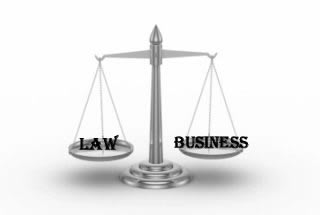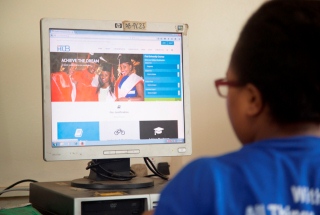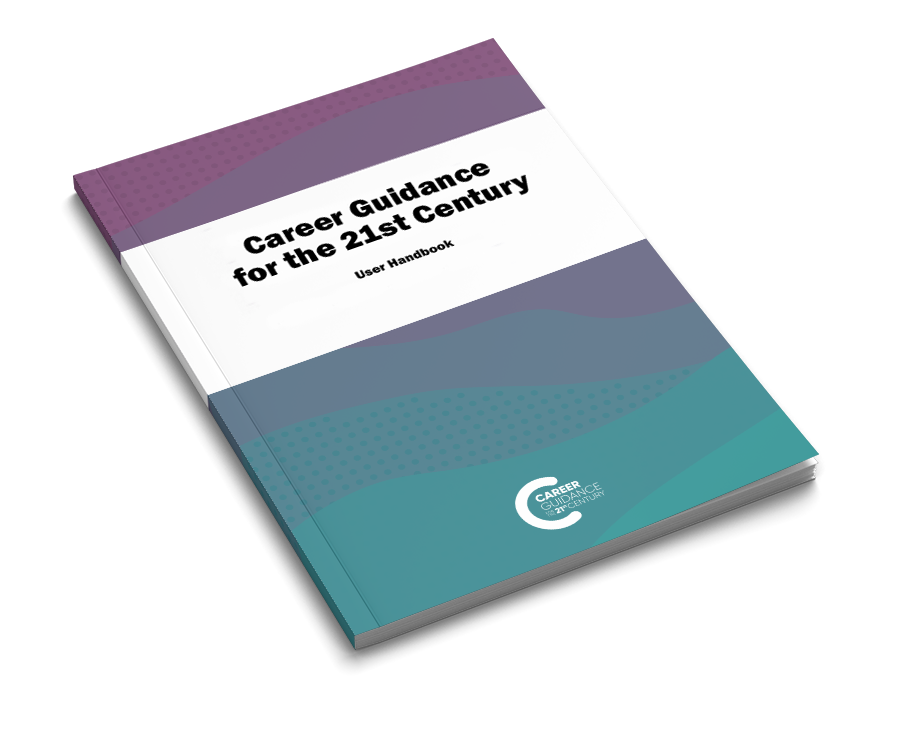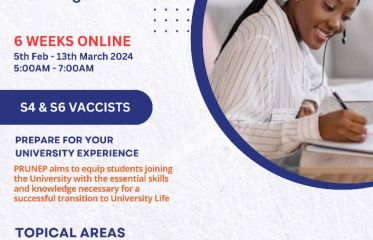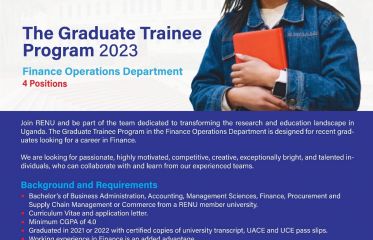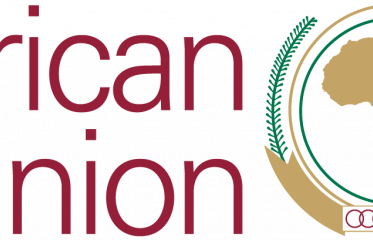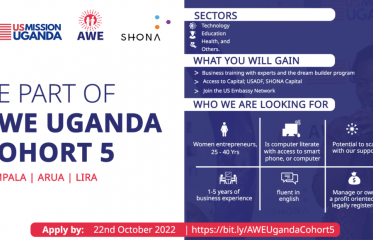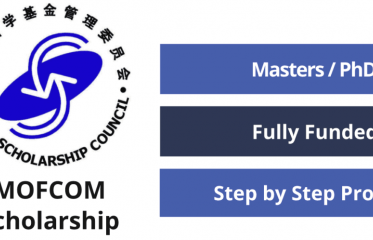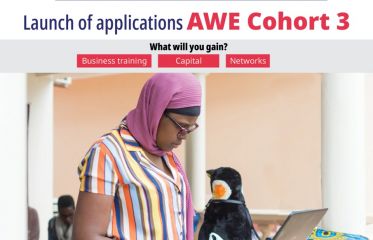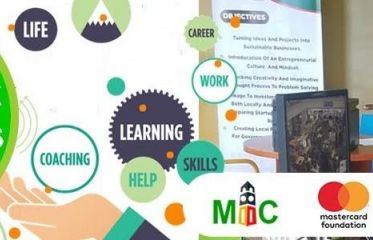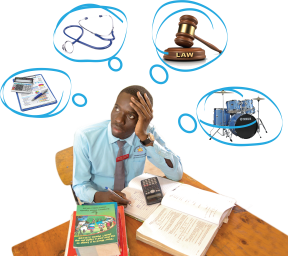Breaking News
- Flexible Remote Work Opportunity for University Students: Earn $100–$250 Per Month ...Read More
- Ministry of Education and Sports Azerbaijan Government Scholarships For 2025-2026 Academic Year ...Read More
- Government Sponsorship Undergraduate Admission Lists 2025-26 for Makerere University ...Read More
- Ministry of Education And Sports: Egyptian Government Scholarships 2025-2026 Academic Year ...Read More
- Ground Breaker Full Scholarship for girls to study Software Engineering 2025 July Intake ...Read More
- Tony Elumelu Foundation Entrepreneurship Programme (TEEP) 2025 for young African Entrepreneurs ...Read More
- DESIGNING FUTURES 2050 International Design Competition 2025 (€15,000 prize) ...Read More
- Ground Breaker Full time Scholarship for girls to study Software Engineering 2025 Intake ...Read More
- Ministry of Education And Sports Algerian Vocational Training Scholarships for 2024-2025 AY ...Read More
- Ministry of Education and Sports Advert for the Algerian Government Scholarships for 2024-2025 ...Read More
Insurance Underwriter
Review individual applications for insurance to evaluate degree of risk involved and determine acceptance of applications.
Add to FavouritesReview individual applications for insurance to evaluate degree of risk involved and determine acceptance of applications.
Also known as: Account Underwriter, Automobile and Property Underwriter, Commercial Lines Underwriter, Commercial Underwriter, Customer Service Representative, Health Underwriter, Life Underwriter, Personal Lines Underwriter, Underwriter, Underwriting Director
Daily Tasks / Routine Activities
Insurance underwriters execute the duties listed below as part of the core line of work
1. Decrease value of policy when risk is substandard and specify applicable endorsements or apply rating to ensure safe profitable distribution of risks, using reference materials.
2. Decline excessive risks.
3. Write to field representatives, medical personnel, and others to obtain further information, quote rates, or explain company underwriting policies.
4. Review company records to determine amount of insurance in force on single risk or group of closely related risks.
5. Examine documents to determine degree of risk from such factors as applicant financial standing and value and condition of property.
6. Authorize reinsurance of policy when risk is high.
7. Evaluate possibility of losses due to catastrophe or excessive insurance.
Key Knowledge Areas
To be an excellent Insurance underwriter, knowledge in these areas is important
1. Customer and Personal Service — Knowledge of principles and processes for providing customer and personal services. This includes customer needs assessment, meeting quality standards for services, and evaluation of customer satisfaction.
2. Mathematics — Knowledge of arithmetic, algebra, geometry, calculus, statistics, and their applications.
3. Clerical — Knowledge of administrative and clerical procedures and systems such as word processing, managing files and records, stenography and transcription, designing forms, and other office procedures and terminology.
4. Education and Training — Knowledge of principles and methods for curriculum and training design, teaching and instruction for individuals and groups, and the measurement of training effects.
5. Medicine and Dentistry — Knowledge of the information and techniques needed to diagnose and treat human injuries, diseases, and deformities. This includes symptoms, treatment alternatives, drug properties and interactions, and preventive health-care measures.
Work Activities
Activities that are related to the insurance underwriter career
1. Getting Information — Observing, receiving, and otherwise obtaining information from all relevant sources.
2. Making Decisions and Solving Problems — Analyzing information and evaluating results to choose the best solution and solve problems.
3. Analyzing Data or Information — Identifying the underlying principles, reasons, or facts of information by breaking down information or data into separate parts.
4. Processing Information — Compiling, coding, categorizing, calculating, tabulating, auditing, or verifying information or data.
5. Documenting/Recording Information — Entering, transcribing, recording, storing, or maintaining information in written or electronic/magnetic form.
6. Evaluating Information to Determine Compliance with Standards — Using relevant information and individual judgment to determine whether events or processes comply with laws, regulations, or standards.
7. Updating and Using Relevant Knowledge — Keeping up-to-date technically and applying new knowledge to your job.
8. Establishing and Maintaining Interpersonal Relationships — Developing constructive and cooperative working relationships with others, and maintaining them over time.
9. Interacting With Computers — Using computers and computer systems (including hardware and software) to program, write software, set up functions, enter data, or process information.
10. Communicating with Supervisors, Peers, or Subordinates — Providing information to supervisors, co-workers, and subordinates by telephone, in written form, e-mail, or in person.
Key Abilities
To be able to thrive in this role, below are some key abilities
1. Written Comprehension — The ability to read and understand information and ideas presented in writing.
2. Oral Comprehension — The ability to listen to and understand information and ideas presented through spoken words and sentences.
3. Inductive Reasoning — The ability to combine pieces of information to form general rules or conclusions (includes finding a relationship among seemingly unrelated events).
4. Oral Expression — The ability to communicate information and ideas in speaking so others will understand.
5. Written Expression — The ability to communicate information and ideas in writing so others will understand.
6. Information Ordering — The ability to arrange things or actions in a certain order or pattern according to a specific rule or set of rules (e.g., patterns of numbers, letters, words, pictures, mathematical operations).
7. Selective Attention — The ability to concentrate on a task over a period of time without being distracted.
8. Problem Sensitivity — The ability to tell when something is wrong or is likely to go wrong. It does not involve solving the problem, only recognizing there is a problem.
Top Skills
Making it in the insurance sector in the role of insurance underwriter, the skills listed below are very essential
1. Active Listening — Giving full attention to what other people are saying, taking time to understand the points being made, asking questions as appropriate, and not interrupting at inappropriate times.
2. Judgment and Decision Making — Considering the relative costs and benefits of potential actions to choose the most appropriate one.
3. Reading Comprehension — Understanding written sentences and paragraphs in work related documents.
4. Critical Thinking — Using logic and reasoning to identify the strengths and weaknesses of alternative solutions, conclusions or approaches to problems.
5. Speaking — Talking to others to convey information effectively.
6. Complex Problem Solving — Identifying complex problems and reviewing related information to develop and evaluate options and implement solutions.
7. Social Perceptiveness — Being aware of others' reactions and understanding why they react as they do.
8. Active Learning — Understanding the implications of new information for both current and future problem-solving and decision-making.



















